Is It Safe to Use Gum Wrappers as Rolling Paper? 🤔

You’ve probably seen the hack on socials—folding a shiny gum wrapper into a quick stand-in for rolling papers. But is it safe to use gum wrappers as rolling paper? In this guide, we’ll unpack what these wrappers are really made of (foils, films, inks, coatings), what happens when everyday packaging meets heat, which viral tips are myths, and cleaner options you can reach for instead—so you can decide with confidence. Think of this as a friendly, no-panic tour through materials, safety, and smarter choices. ✨
What’s Actually in a Gum Wrapper?
Not all gum wrappers are the same. Many look like simple paper, but zoom in and you’ll find layered materials designed to keep gum fresh—not to be lit. Common builds:
1) Paper + Foil Laminates
Classic “silver-inside” wrappers use a thin aluminum layer laminated to paper. They might include a wax or glue tie layer and exterior printing for branding. These barrier layers are great at keeping aromas in—less great when exposed to direct flame.
2) Metallized Films
Some modern wrappers use metallized plastic (think ultrathin metal on PET film) instead of true foil. Metallized film can shed when burned and plastic films can decompose into by-products you don’t want to inhale.
3) Inks, Coatings & Varnishes
Logos and colors = printing inks. Those inks—plus protective varnishes and over-lacquers—are engineered for ambient food contact on the wrapper surface, not for flame or high heat exposure.
4) Waxes & Adhesives
Some wrappers use waxes or adhesive layers to bond materials and help with fold-and-hold performance. Again, fantastic for packaging, not intended for combustion.
Bottom line
Wrappers are engineered packaging, not papers meant to be lit. Different goal, different chemistry.
Why It Isn’t Safe to Burn a Gum Wrapper 🚫
Here’s what can happen when you expose packaging materials to flame or very high heat:
Foil & Metal Layers
Heating thin aluminum (or metalized layers) can release fine particulates and metal fumes. Industrial hygiene literature associates inhaled aluminum with respiratory irritation and other systemic concerns. Foil’s job is to be a barrier—not a heat-source companion.
Printing Inks & Varnishes
Packaging inks are complex blends (colorants, binders, solvents, photoinitiators, additives). They’re designed to be on a package, not burned. High heat can volatilize ink components or produce by-products you don’t want in your airways.
Plastics & Metallized Films
If your wrapper uses metallized plastic (e.g., PET), heating can generate degradation products (like small aldehydes) and microscopic particles. Burning plastic also releases a cocktail of substances associated with poor indoor air quality.
Waxes & Adhesives
Even simple waxes can melt, flare, and off-gas under flame. Adhesive tie-layers aren’t formulated for combustion either. None of these are “clean burn” materials for inhalation.
Myth-Busting the Internet Tips
Myth #1: “Just peel off the foil and use the paper underneath.”
Laminates can leave traces of adhesive, varnish, or metallized residue even after you peel. You can’t guarantee what’s left—or how it behaves in a flame.
Myth #2: “Shiny vs. dull foil side matters for safety.”
The mirror vs. matte appearance is about how foil was rolled, not about safe inhalation. Neither side was formulated for you to breathe through after burning.
Myth #3: “If it’s food packaging, it must be safe to heat and inhale.”
Food-contact suitability ≠ inhalation suitability. Packaging rules assume contact with food at room—or at most moderate—temperatures, not open flame plus direct inhalation.
Myth #4: “One time won’t hurt.”
Risk isn’t only about frequency. It’s also about what is in the plume. When safer, purpose-built options exist, “one time” just isn’t worth it.
Safer, Practical Alternatives (Right Now) ✅
Stuck without proper papers? Here’s how to keep it clean and simple—no gum wrappers involved:
Option A: Go Paper-Free with a Clean Device
- Glass one-hitter or bowl: Simple, compact, easy to rinse. Use a screen and keep it clean.
- Dry herb vaporizer: Heats without direct flame; select a mid-range temp and clean the chamber regularly.
- Water-filtered setup: Helps cool the draw. Change the water often.
Option B: Hit Pause, Then Use Real Papers
Honestly? Waiting until you have proper papers is the smartest move. You’ll get a consistent, cleaner burn and avoid improvising with packaging materials.
Option C: Non-inhaled Alternatives
Consider no-flame options like culinary infusions or edibles you prepare in advance. That way, a missing paper never blocks your plans.
Build a Tiny “No-Paper Kit” 🎒
Never get stuck again. Toss this micro-kit in your bag or glove box:
- Mini tin or zip-case to keep everything together
- Proper papers (2–3 booklets) + filter tips
- Pocket grinder for an even texture
- Glass one-hitter + a few spare screens
- Tiny cleaning kit (cotton swabs, pipe cleaners, alcohol wipes)
- Odor-control pouch to keep it discreet
Set a calendar reminder to restock the kit every few weeks. Future-you will say thanks. 🙌
Conclusion
Short answer: no—gum wrappers aren’t designed to be lit and inhaled from. Many are laminates (paper + thin metal or plastic), are covered in inks/coatings, and can release stuff you don’t want in your lungs when burned. This guide breaks down the materials, the risks, what to use instead, and how to keep your sessions safe and smooth. ✨
TL;DR ⚡
- Not safe: Gum wrappers often include foil, metallized films, inks, waxes, and adhesives—none are intended to be heated.
- Better plan: Use proper rolling papers or go paper-free with devices that heat herbs cleanly.
- Myth-bust: Peeling off foil doesn’t magically make the rest of the wrapper safe.
- Level up: Keep a tiny “no-paper kit” so you’re never stuck improvising.
FAQ ❓
1) Is it safe to use gum wrappers as rolling paper?
No. Wrappers are laminates with inks, coatings, and sometimes plastics. They’re not designed to be burned and inhaled from.
2) What if I peel off the foil and only use the “paper” layer?
You still can’t verify what residues remain (adhesives, varnish, metallized traces). It’s not a reliable or safe substitute.
3) How can I tell if my wrapper has plastic?
Hold it up to light: metallized plastic often looks plasticky and doesn’t tear like paper. But testing at home won’t certify safety—assume “not for burning.”
4) Why are proper rolling papers better?
They’re made specifically to burn evenly and cleanly for inhalation, with predictable performance and fewer unknowns.
5) What should I do if I’m out of rolling papers?
Use a clean device (glass one-hitter, dry herb vaporizer, water-filtered piece) or wait until you can get proper papers.
6) Are receipt paper or notebook pages okay?
No. Receipts can contain thermal coatings; notebooks can use inks/bleaches not meant for burning. Skip both.
7) What’s the smartest long-term fix?
Carry a tiny kit with proper papers and a compact device. You’ll never need to improvise with packaging again.
⭐ Switch to Proper Papers from ROLLYOUROWNPAPERS.COM
Paperless is great—and sometimes a clean, ultra-thin paper is exactly the vibe. At ROLLYOUROWNPAPERS.COM, our papers are designed for an even, consistent experience with low minimums for custom rolling paper orders.
- Ultra-thin, even-burn sheets that don’t fight you mid-session
- Low minimums for custom print runs—perfect for shops and creators
- Eco-forward options and food-grade inks for branded booklets
- Fast turnaround with friendly MOQs
Choose your size, add your branding, and get pro-level results without giant MOQs.
Ready for a safer, cleaner session? 🚀
Choose your size, add your branding, and get pro-level results without giant MOQs.
Shop Rolling Papers
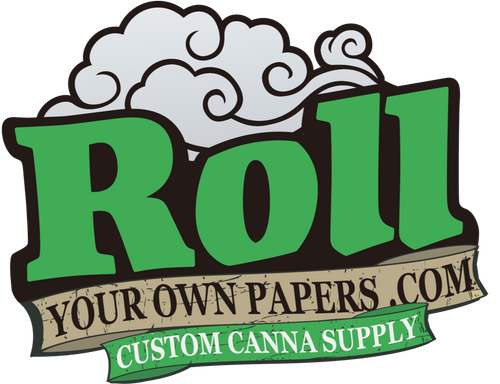
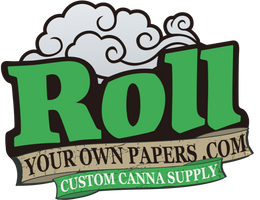
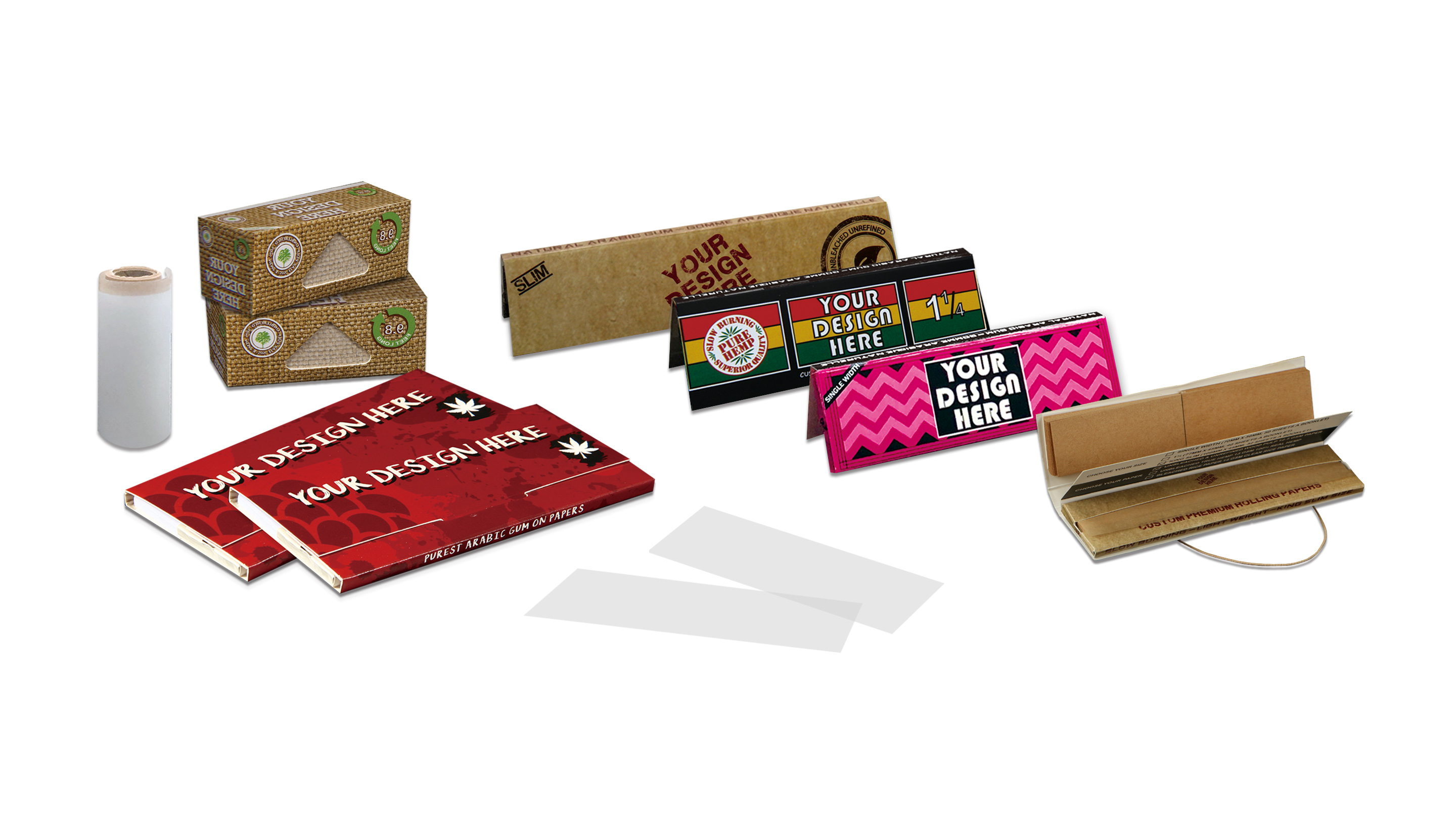
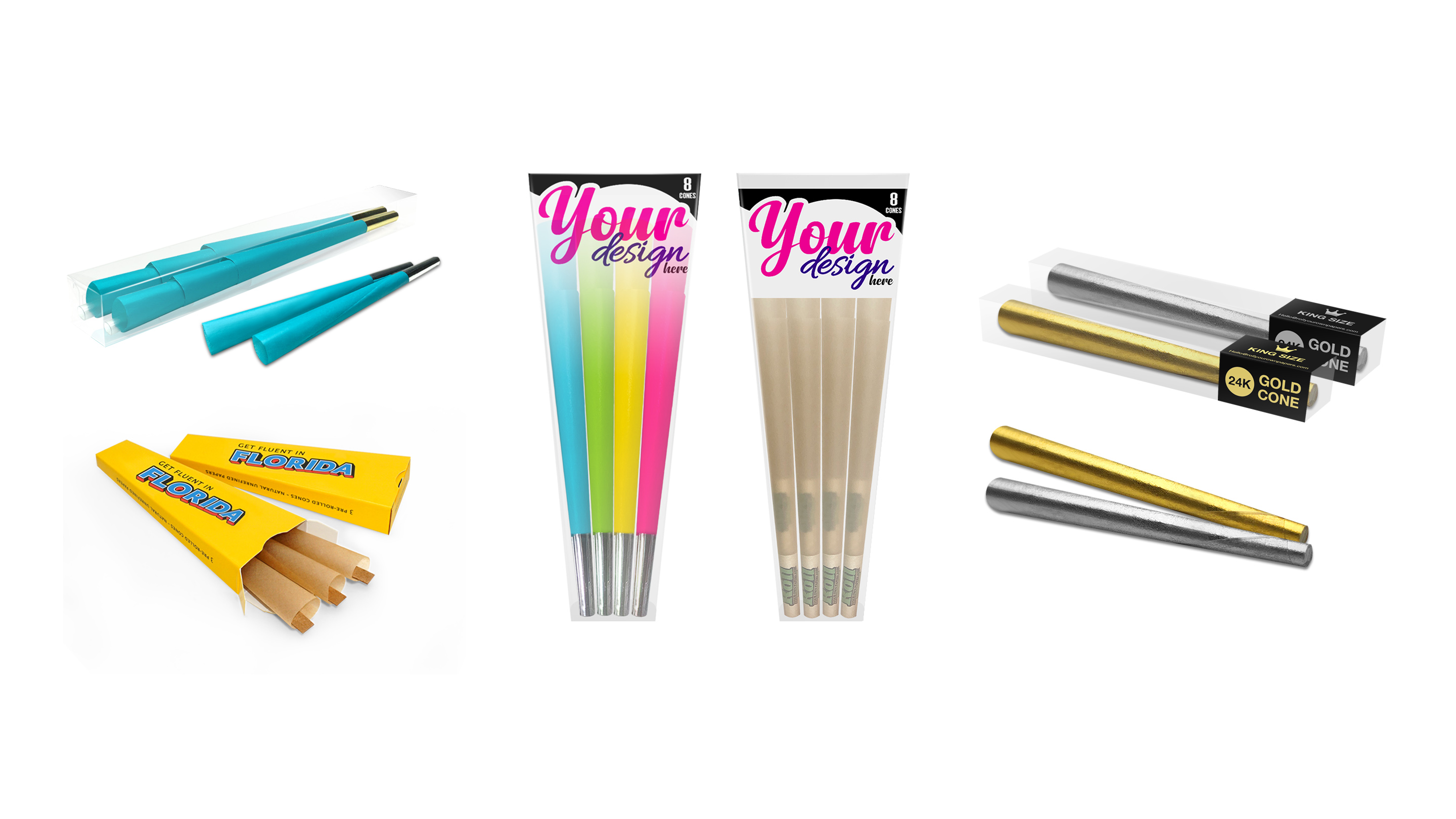
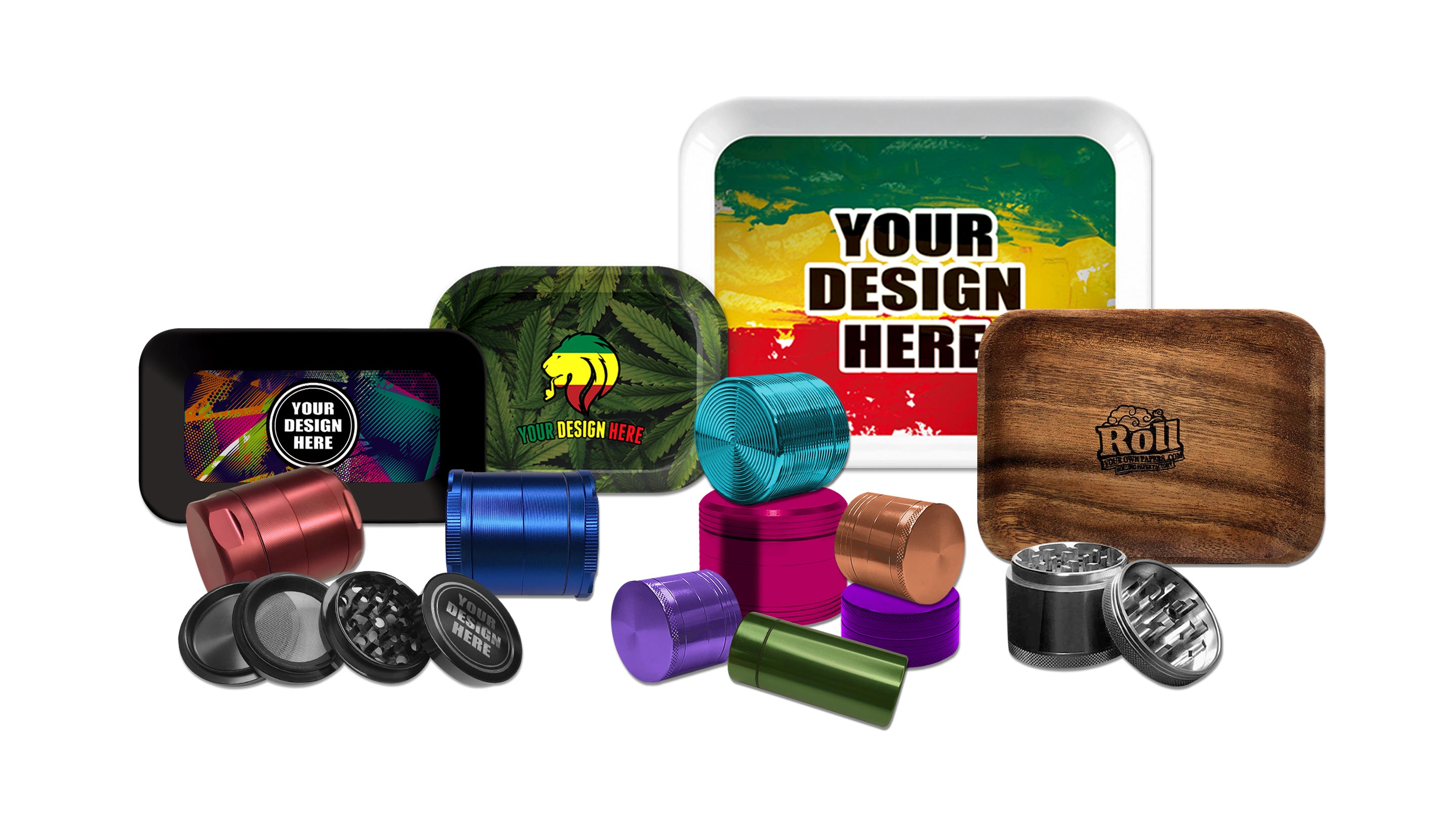
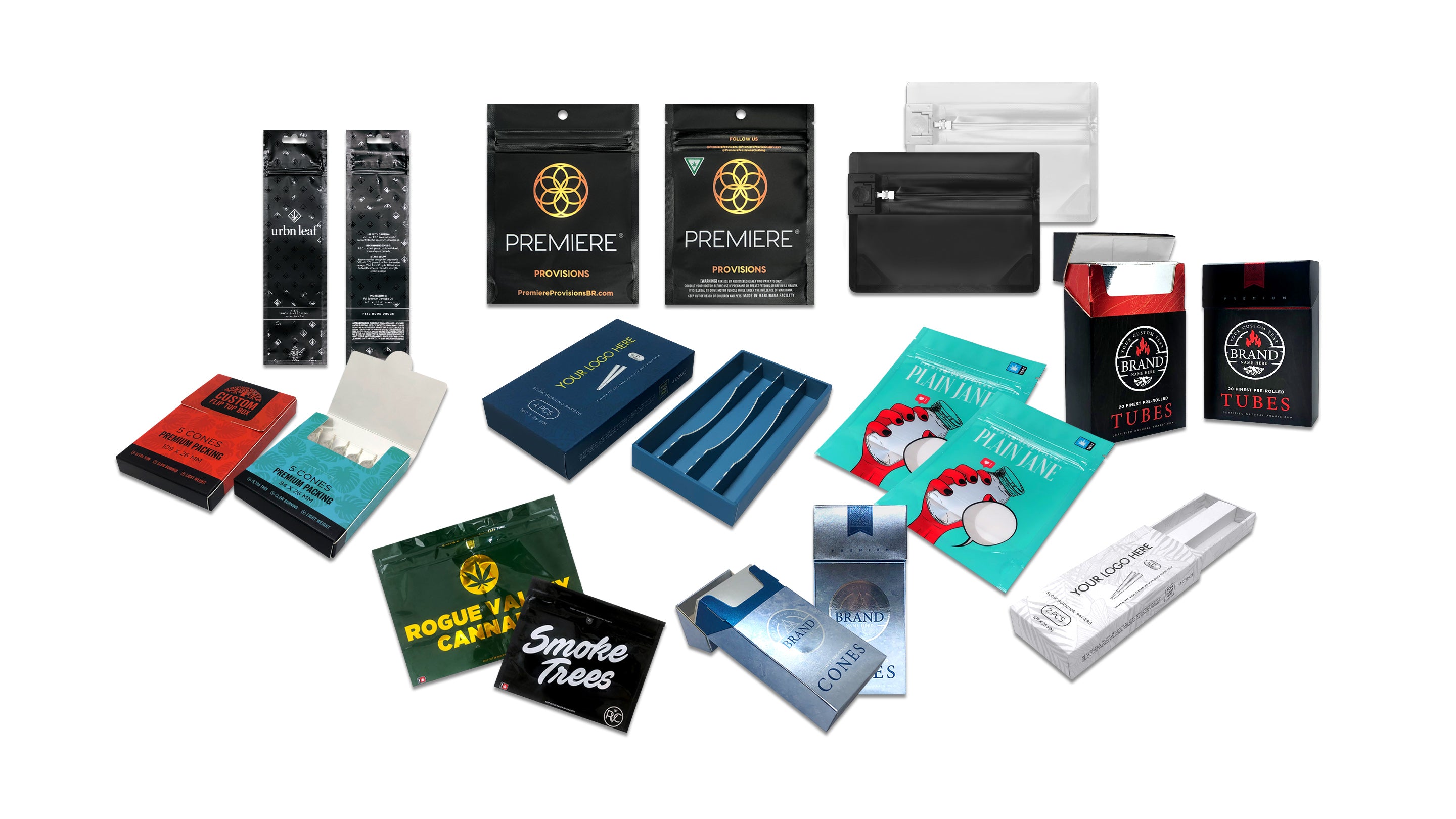
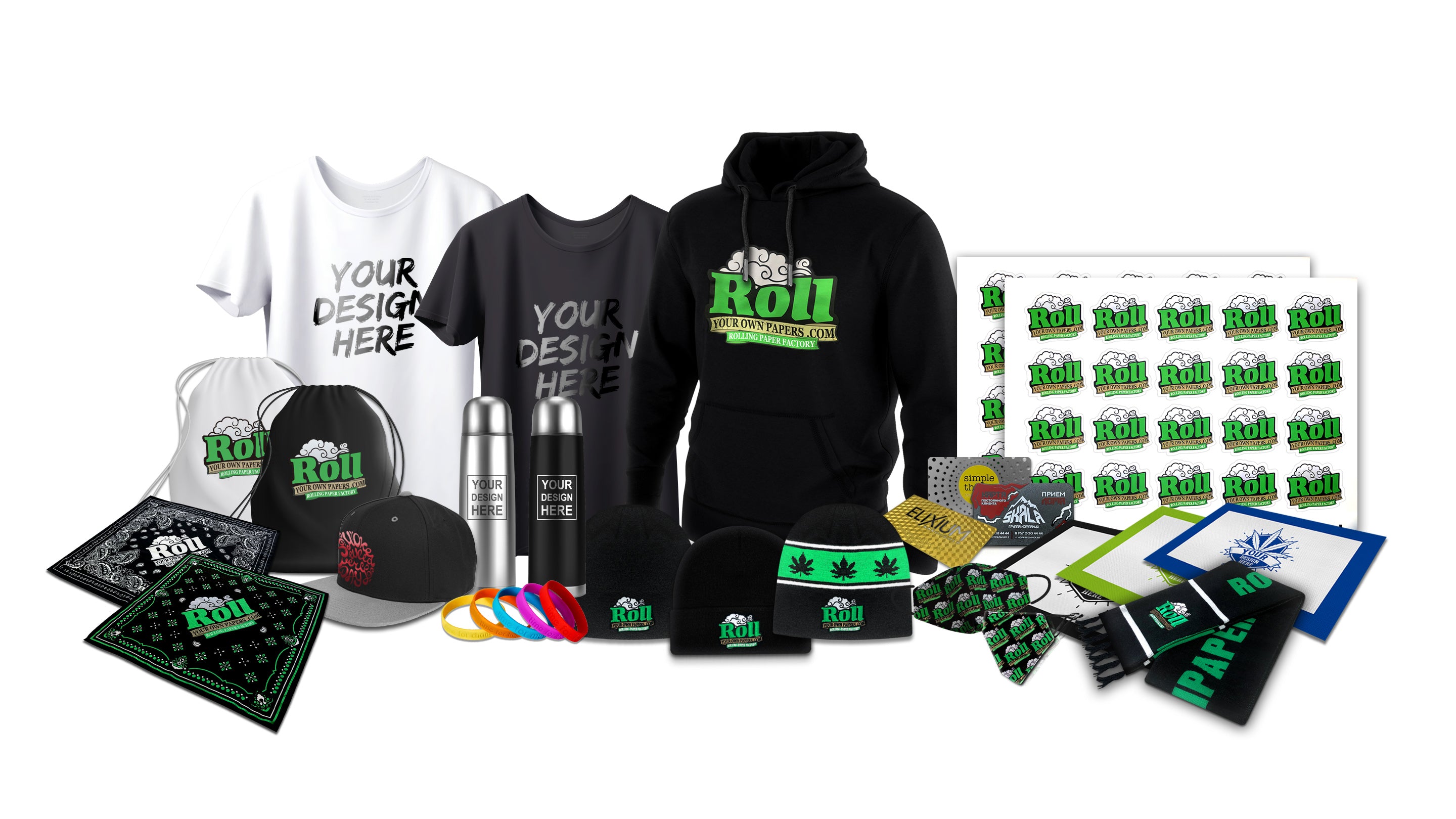







Leave a comment